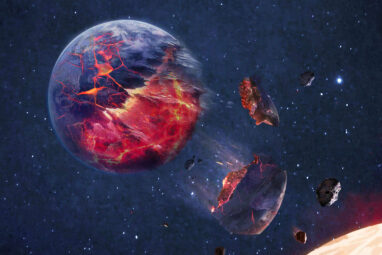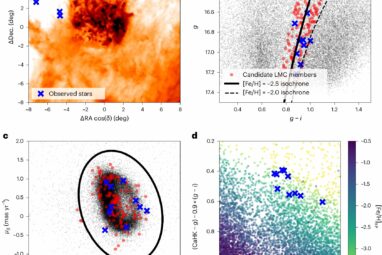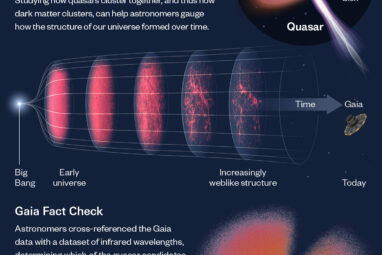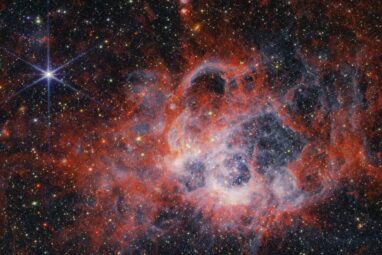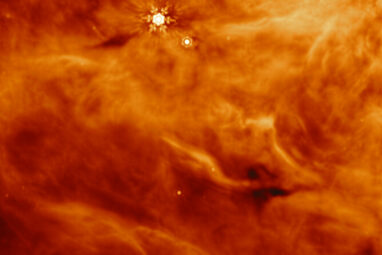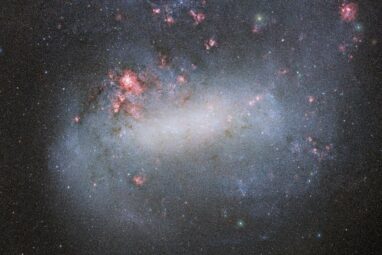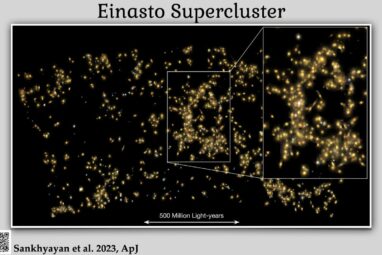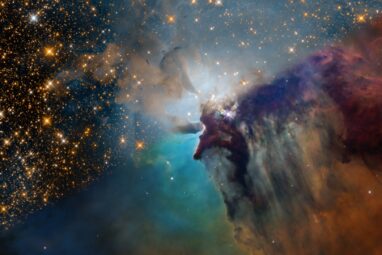It takes two to tango, but in the case of brown dwarfs that were once paired as binary systems, that...
Using observations made with the Gran Telescopio Canarias (GTC) a study led from the Instituto de Astrofísica de Canarias (IAC)...
At least one in a dozen stars show evidence of planetary ingestion according to a paper published in Nature today....
Sometimes planetary physics is like being in a snowball fight. Most people, if handed an already-formed snowball, can use their...
The first generation of stars transformed the universe. Inside their cores, simple hydrogen and helium fused into a rainbow of...
Astronomers have charted the largest-ever volume of the universe with a new map of active supermassive black holes living at...
Two new images from the NASA/ESA/CSA James Webb Space Telescope’s NIRCam (Near-Infrared Camera) and MIRI (Mid-Infrared Instrument) showcase the star-forming...
An international team of astronomers using the NASA/ESA/CSA James Webb Space Telescope have discovered a variety of molecules, ranging from...
A fresh look at red giant stars offers key insights into cosmic distance measurements and a way to measure the...
An international team of scientists led by astronomers from Tartu Observatory of the University of Tartu has discovered many superclusters...
Building on the synergy between citizen astronomer classifications and AI, astronomers have discovered approximately 400,000 spiral galaxies and 30,000 ring...
NASA’s Nancy Grace Roman Space Telescope team has announced plans for an unprecedented survey of the plane of our Milky...

